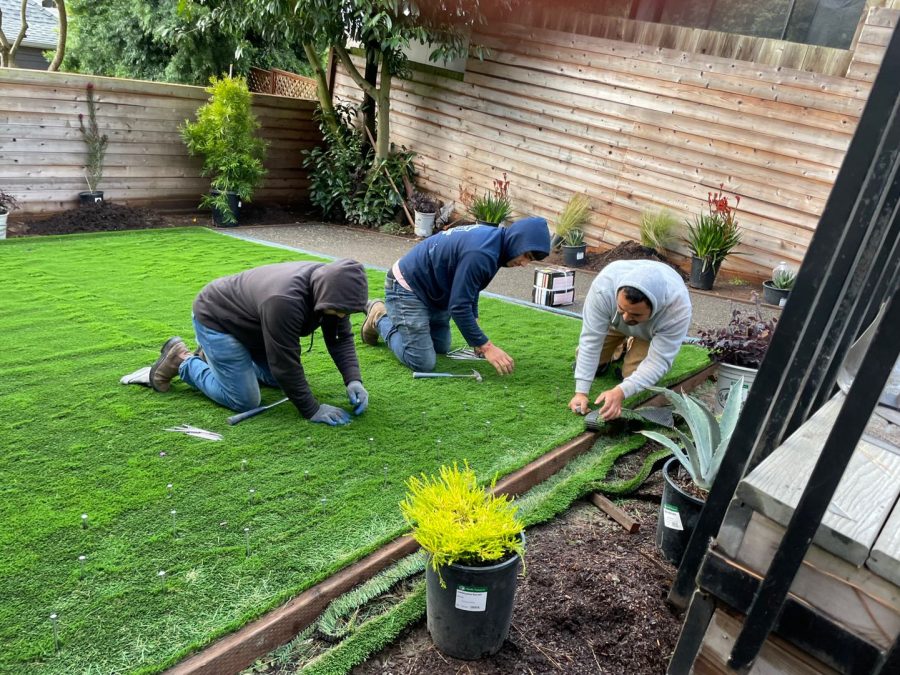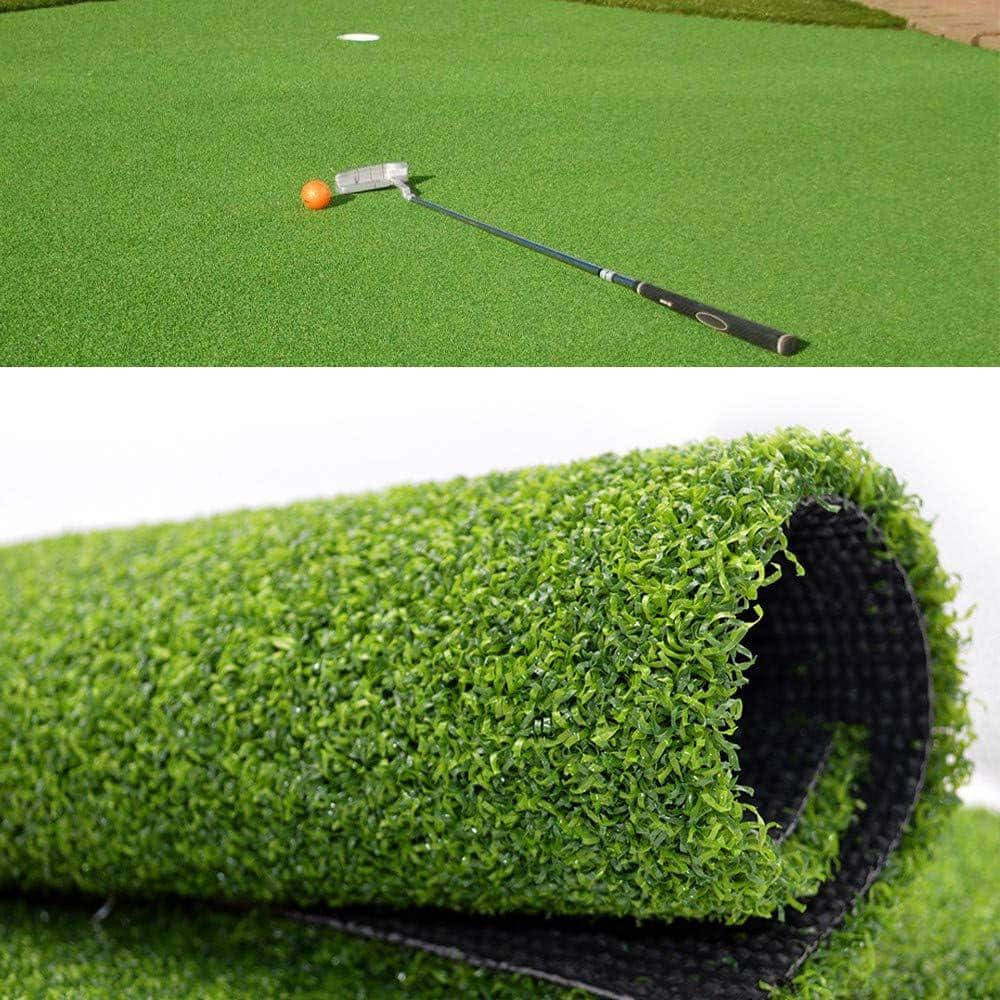Look Into the Environmental Conveniences of Opting for Synthetic Grass Solutions
The fostering of synthetic lawn options offers a compelling chance to resolve pressing environmental challenges. By substantially lowering water use and reducing the application of harmful chemicals, these options not just promote lasting landscape design but additionally shield local ecological communities.
Water Conservation Advantages
One of the most significant advantages of synthetic grass is its capability to save water. Standard lawn yards need considerable watering, particularly in areas susceptible to drought or water restrictions. On the other hand, synthetic grass does not require watering, substantially lowering the total need for water resources. This function is particularly useful in arid regions where water deficiency is a pushing problem.
By removing the need for routine watering, artificial turf adds to lasting landscape practices and helps minimize the ecological influence of excessive water usage. The preservation of water expands to the decrease of drainage, which can lead to dirt disintegration and river pollution.
Additionally, the setup of synthetic grass allows homeowners and towns to designate water sources extra successfully, concentrating on important usages such as alcohol consumption water and agriculture. The shift towards synthetic turf not only promotes liable water use yet likewise lines up with wider environmental goals focused on protecting natural deposits.
As neighborhoods progressively prioritize sustainability, the water conservation advantages of fabricated lawn provide a compelling case for its fostering in commercial and household landscape design projects.
Reduced Chemical Use
The shift to synthetic grass dramatically reduces the reliance on chemical therapies typically made use of in natural grass upkeep. Conventional turf administration usually involves the application of herbicides, pesticides, and plant foods to promote development and control bugs. These chemicals can pose dangers to human health, neighborhood wildlife, and the atmosphere, adding to dirt and water contamination.
In comparison, artificial turf gets rid of the requirement for these unsafe substances. By minimizing the release of synthetic compounds into the community, man-made grass advertises much healthier soil and water systems.
Additionally, the lack of chemical drainage connected with synthetic grass installations helps protect local rivers from pollution, sustaining marine life and keeping biodiversity. Turf installation phoenix az. As communities significantly focus on lasting methods, choosing synthetic grass offers a sensible remedy that lines up with environmental conservation objectives. With this shift, building proprietors can delight in lush environment-friendly rooms without jeopardizing ecological health, leading the way for a more lasting future
Reduced Carbon Footprint

Additionally, the installment of synthetic grass can result in considerable water preservation. All-natural lawns need significant quantities of water for watering, which not only adds to the carbon footprint connected with water extraction and treatment yet also pressures local water sources. On the other hand, synthetic grass requires minimal maintenance, needing no watering, therefore substantially lowering water usage and its associated energy expenses.
In addition, the durability of artificial lawn adds to its reduced carbon effect. With a life expectancy of up to these details 15 years or more, the requirement for regular replacements is reduced, leading to much less waste and reduced energy usage in manufacturing and getting rid of standard lawn options. Generally, man-made grass provides a sustainable option for environmentally aware landscape design.
Environment Preservation
Habitat preservation is a critical consideration in the discussion over landscaping selections, specifically when comparing synthetic grass to natural yard. this post Natural turf lawns typically need substantial maintenance, consisting of making use of herbicides, plant foods, and pesticides, which can adversely influence regional communities. These chemicals can leach right into the dirt and waterways, damaging native vegetation and fauna and disrupting regional environments.
On the other hand, synthetic grass presents a chance to reduce the environmental footprint of landscaping. By choosing for artificial turf, home owners can reduce the disturbance of natural habitats linked with conventional yard treatment practices. Man-made lawn eliminates the requirement for harmful chemicals, consequently shielding nearby wildlife and preserving the honesty of surrounding environments. In addition, the installation of synthetic grass can lead to the conversion of previous yard areas into more biodiverse landscapes, such as pollinator gardens or native plant locations, which can sustain neighborhood Bonuses wild animals.
Ultimately, the transition to synthetic grass not just conserves water and reduces maintenance efforts but additionally promotes a much more unified connection between human tasks and the native environment, promoting environment preservation while doing so.
Long-Term Sustainability
Lasting sustainability is a critical consider examining the advantages of artificial lawn over standard grass yards. One of one of the most considerable benefits of synthetic grass is its sturdiness; it can last up to 15-20 years with marginal maintenance, whereas all-natural grass calls for regular reseeding and replacement. This durability reduces the demand for constant sources, such as water, plant foods, and pesticides, which are essential for preserving a healthy turf yard.
Additionally, fabricated turf adds to a decrease in carbon emissions related to grass care devices. Traditional yards usually need gas-powered mowers, leaners, and blowers, all of which add to air pollution. Arizona artificial turf. On the other hand, artificial turf eliminates the demand for such devices, advertising a cleaner setting
Moreover, the production of fabricated lawn increasingly uses recycled products, improving its sustainability account. As suppliers take on environment-friendly techniques, the ecological impact of synthetic grass remains to decrease.

Verdict
The adoption of synthetic grass services provides considerable ecological advantages, including significant water conservation, lowered reliance on dangerous chemicals, and a reduced carbon impact. Fabricated lawn help in protecting natural environments by decreasing land disruption and promoting long-term sustainability via the usage of sturdy products. Collectively, these factors emphasize the capacity of man-made turf to add favorably to environmental wellness and use a feasible alternative to typical landscaping practices in a significantly resource-conscious world.
In contrast, man-made turf does not require watering, substantially decreasing the total demand for water resources. By decreasing the release of artificial compounds right into the community, fabricated lawn advertises healthier dirt and water systems.
Additionally, the installment of synthetic lawn can result in substantial water preservation. In comparison, artificial grass requires minimal maintenance, calling for no watering, thereby substantially reducing water use and its linked energy expenses.
